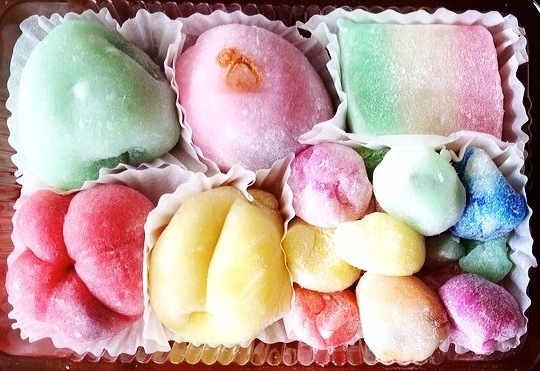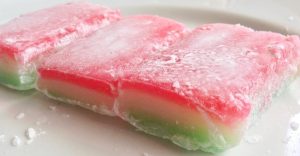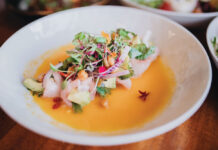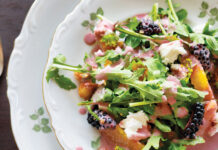
Hey ladies, HAPPY HINA MATSURI!
Okay, technically, it’s known as “Girls’ Day,” but this 30-year-old girl is celebrating anyway. Here in Hawaii, this holiday is kind of a big deal. In elementary school, it was tradition for the boys to do something nice for the girls on this day—which usually involved letting us stand at the front of the line or putting away our chairs at the end of class. At my previous job, the guys would host a potluck lunch for us gals. Last year, my brother made mochi (Japanese rice cake dessert, traditionally eaten on Girls’ Day) and delivered it to my doorstep. My mom still calls me every March 3 to say “happy girls’ day!” and remind me to eat mochi. Like clockwork, it happened again this morning.
 While I haven’t had a chance to buy my mochi yet, and nobody has delivered any to my doorstep (Hey, bro, where you at?!), I did snag this drool-worthy pic from a friend (above), who has obviously fulfilled her Girls’ Day duty. Too bad she lives on Oahu, or else I would have dashed out the door and straight to her house.
While I haven’t had a chance to buy my mochi yet, and nobody has delivered any to my doorstep (Hey, bro, where you at?!), I did snag this drool-worthy pic from a friend (above), who has obviously fulfilled her Girls’ Day duty. Too bad she lives on Oahu, or else I would have dashed out the door and straight to her house.
So wherever you are, I wish you a Happy Girls’ Day! And here’s to a great excuse for indulging on one of the most deliciously sweet, ooey gooey desserts around!
5 Hina Matsuri Tidbits:
- The Hina Matsuri tradition was brought to Hawaii by early Japanese immigrants.
- It’s celebrated on March 3 every year.
- Hina means “dolls” and matsuri is “festivals.” Kimono-wearing dolls are a popular gift on this day.
- Mochi colors have special meaning as well. Red/pink signifies peach blossoms or other kinds of flowers; white symbolizes purity; and green is for growth or fertility. Here’s last year’s Girls’ Day gift, some mochi made by my lovely brother. I’m still waiting for this year’s delivery…
- In Japan, Girls’ Day and Boys’ Day are now combined into one holiday: Children’s Day, happening on May 5 (formerly Boys’ Day). Here in Hawaii, though, we like to celebrate both!





